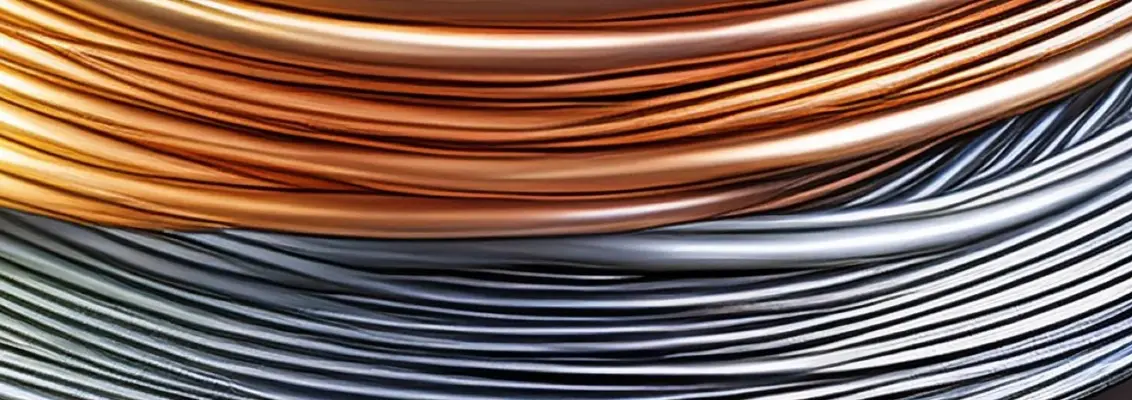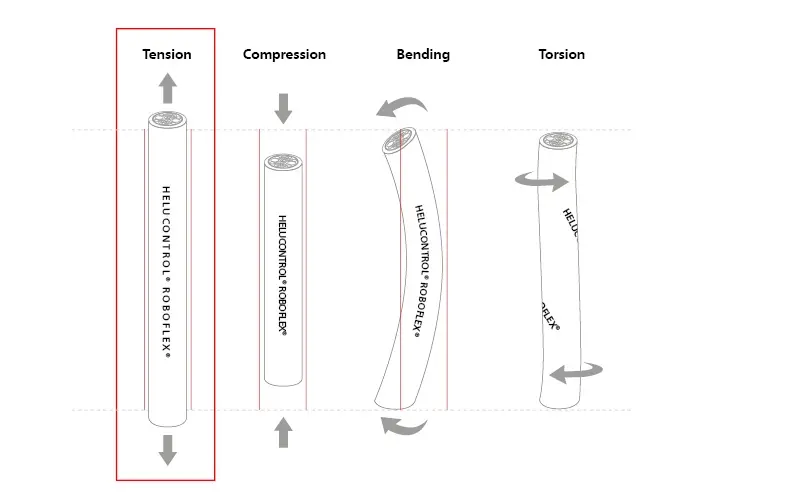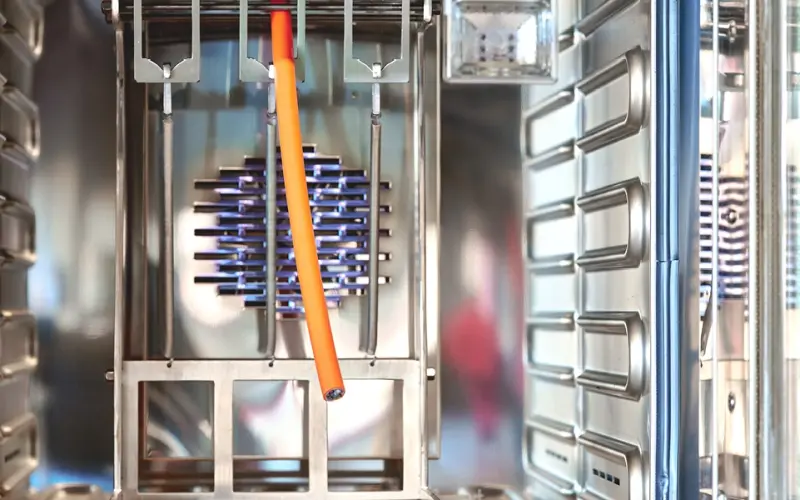Copper or Aluminium? Selecting the right conductor material
Learn what distinguishes different cable and wire materials from one another

Copper, aluminium, or CCA? When selecting cables, the decision between conductor materials is an import one, involving conductivity, weight, mechanical strength, and price. Get an overview of how these materials differ from one another.
Copper: The reliable standard
For most cables and wires, copper is the industry standard, and for good reasons. The material exhibits very high electrical conductivity, is tension resistant, flexible, easy to work with, and recyclable. Because of these characteristics, it is suited for a large number of applications in industry, building automation, mobility, and energy supply. Even in demanding environments with mechanical stresses such as bending or vibrations, copper proves to be operationally reliable.
Aluminium: A slight cost advantage
Inner conductors made of aluminium are primarily used when weight is a deciding factor, e.g., in long transmission cables, in wind turbines, or as battery cables in vehicles. Aluminium is significantly lighter than copper but is only 63% as conductive as copper. Larger cross-sections are needed to achieve the same current carrying capacity. Additionally, aluminium is more brittle, more susceptible to corrosion, and less mechanically resilient. The use of aluminium requires special know-how and appropriate connection technology & tools.
Example comparison of two conductor cross-sections with similar conductance (IEC 60228, Class 2):
- Copper conductor 150 mm²: approx. 1341 kg/km
- Aluminium conductor 240 mm²: approx. 723 kg/km
- A 30-40% reduction in weight
CCA—Copper-Clad Aluminium: A deceptive compromise?
CCA conductors are aluminium conductors that are covered in a thin layer of copper. This technology originates in antenna technology and the "skin effect" where the densest AC currents travel along the surface of the conductor. When it comes to electricity, CCA should be viewed critically, as it is significantly less conductive than pure copper.
Nevertheless, CCA cables are being offered more and more commonly by Asian manufacturers and are often marketed as a low-price alternative in the following applications:
- Speaker cables
- Power cables for HiFi car audio
- Network cables (patch cables)
Difficulties in use:
- A 2.5 mm² CCA conductor is roughly equivalent to a 1.5 mm² copper conductor.
- Higher voltage drops and heat generation with Power over Ethernet
- Risk of fire if fuses in vehicle HiFi systems aren't properly protected
- Its use in company networks does not conform with standards (forbidden by TIA and IEC)
Comparing technical data:
| Material | Tensile strength (MPa) | Conductivity (% IACS) |
| Copper (CDA 10100) | 379 | 100 |
| Aluminium (1350) | 82.7 | 61.2 |
| CCA (10% Cu) | 82.7 | 62.9 |
| CCA (15% Cu) | 117 | 64.4 |
Aluminium or copper cables? Our conclusion
Copper conducts electricity the best and remains the reliable standard for the majority of electrical connections. When used correctly, aluminium makes sense for long cable lengths or to save on weight. When it comes to power supplies, the use of CCA cables is, however, not advised. Often, insufficient labelling and information results in uninformed usage, which can lead to significantly increased risks.



